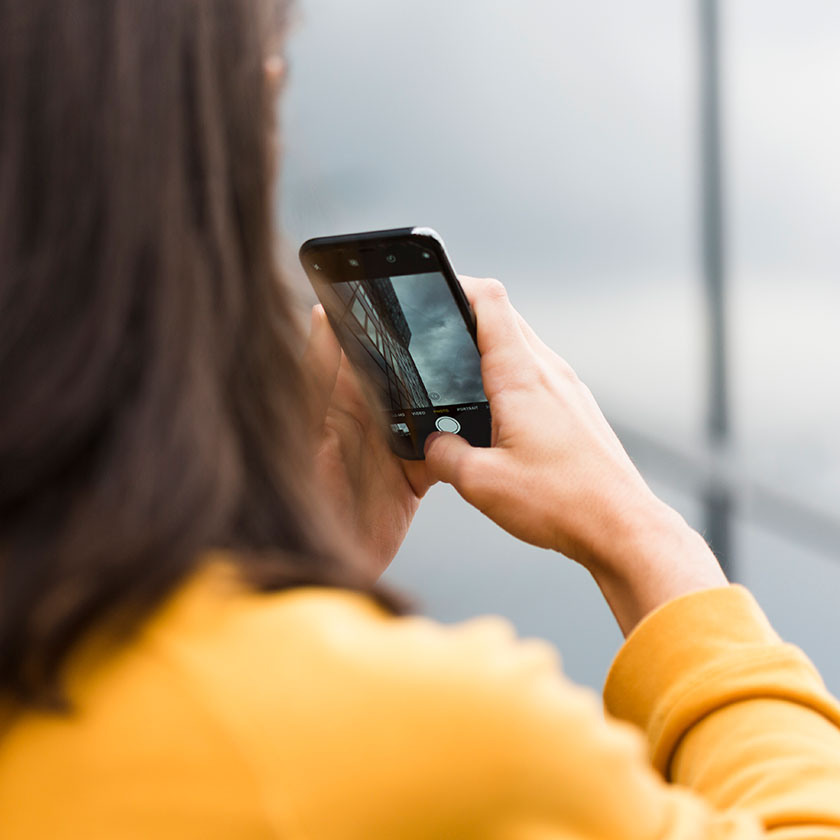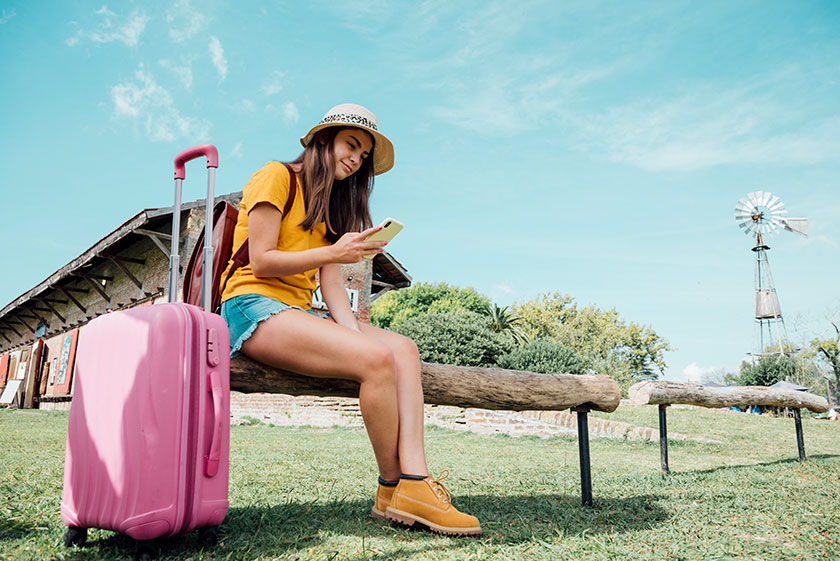Zoe on the Road
Our Zoe Kinsella has headed off on her very own Outdoor Adventures!
Having assisted all kinds of travellers to access the very best in back-packing gear, she took to the trail herself. Currently backpacking through South East Asia, Zoe shares her thoughts, musings and travel adventures with all of us poor folk left at home. Thailand brought beautiful beaches & clear blue skies and fellow travellers with their noses stuck in phones.
Enjoy the sun Zoe!
As I walk the white sandy beaches of Koh Samui, Thailand soaking in every ray of the 34-degree heat I can’t help but feel lost in the moment. My head clear, my worries non-existent and my heart full. I can’t help but think of how lucky I am to be here. As my gaze is pulled from the clear blue ocean to the droves of people resting on the beach, it’s evident that while I seem to be one of few lost in the tranquillity of the island, others are lost in endless scrolling on smartphones. Ignoring those next to them, their conversations stagnant and with the occasional tilt of a phone to show the other what they are looking at in order to show that they are acknowledging their existence and not out rightly ignoring them.
This had me thinking of my trip to Thailand 6 years previously when I used to call my Mam on Viber on my iPod Touch whenever I got to a place with half-decent Wi-Fi. There was no lying on the beach scrolling through social media. Mainly because you couldn’t connect to Wi-Fi and this was before you could get a sim with data on it for next to nothing. The sad reality today is that people seem uninterested in each other’s company until a phone is taken out for a picture or video to post on social media. And this, to make people feel as if they are missing out on the ‘fun’ or that their lives are inadequate. Feeling as if you’re missing out is far more prominent nowadays because of posting on social media. People have become so obsessed with getting that Instagram picture or video that will make others wish they were them. But, have we become so consumed with this façade? As I look around the beach groups of friends sit together scrolling through their social media pages, not acknowledging each other until one shouts “get in a video” and all of a sudden everyone is animated, laughing, singing, dancing, and looking like they’re having the time of their lives. Designed to spark envy. In reality, they are doing the exact same thing as those at home except they’ve spent a fortune to sit on a beach leeching off terrible Wi-Fi to do it.

When I envisioned traveling, I imagined people would be chatty, almost intrusive, but in a way that backpackers can traditionally be. Conversations without inhibitions or fear of rejection. Don’t get me wrong, these people still exist but it can be harder to approach others if their heads are buried in their phones. You cut yourself off from meeting new people and instead feel more connected to your phone. Think about it, when was the last time you went for a coffee or out for a meal by yourself and didn’t have your phone in your hand as an armour of some sort, and to make you look less sad for being alone?
One thing that has stood out while traveling, is the extremes people will go to bring along their phones and cameras on excursions in order to document the whole thing. Waterproof cases, dry bags, and selfie sticks certainly have their uses in keeping these safe and dry till you absolutely need them. It seems as if nobody can live in the moment anymore, mentally capturing images instead of physically recording them. Visiting some of the world’s natural wonders and unbelievably beautiful sights can really reset your state of mind but instead of realizing how fortunate you are to be there, tourists queue up to take the same photo one after the other to boast about on social media. Put the camera down and enjoy the moment.
Technology isn’t all bad.
Besides the aforementioned, it has many positives especially while traveling. From maps to Netflix, online banking to booking accommodation and of course being able to Face Time your loved ones or chat instantly on WhatsApp or social media, technology takes the distance out of traveling making it easier to spread your wings without the feeling of being homesick or not knowing if that postcard from home will arrive.

According to new research published by the communications watchdog ComReg, Irish people spend 4 and a half hours on their smartphones daily and only 10% of that is spent talking. Balance would seem to be the key. If you are a solo traveller or even if traveling in a group, why not set certain rules regarding phone time. Try to stick to set times where it’s okay to be on your phone guilt-free and others times where phones aren’t allowed. Meal times, for example, although this means forgoing the ubiquitous pic of your meal! The key to reducing the amount of phone time and increasing the amount of time you spend living in the moment, is to acknowledge how much time technology is spent second screening your experiences and how much is spent actually experiencing! Why not make the facade a reality. Stop pretending to have fun and actually have it! Lose your inhibitions, leave your phone at home, make memories and capture each moment with your hearts.
As for me, I am about to leave this screen time and soak up the sun, the sights, the sounds and the wonders of traveling abroad. Just don’t expect any selfies !!!

















